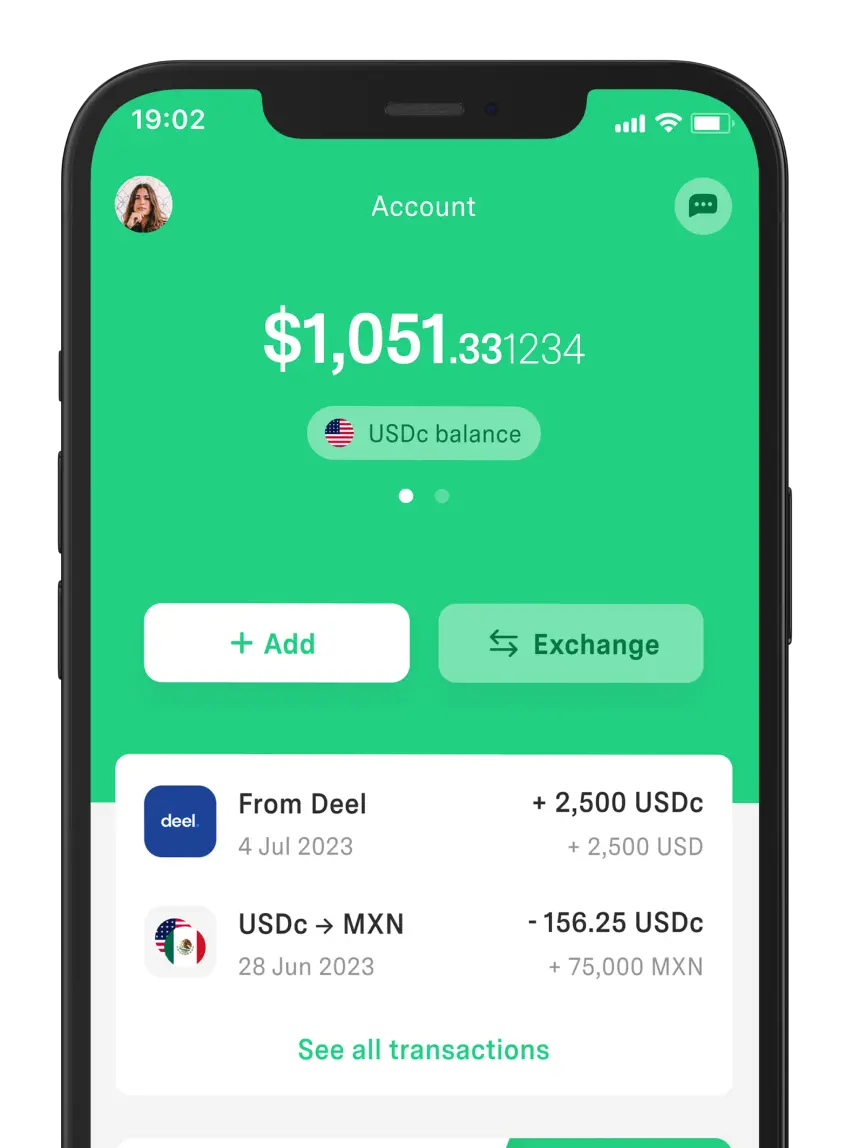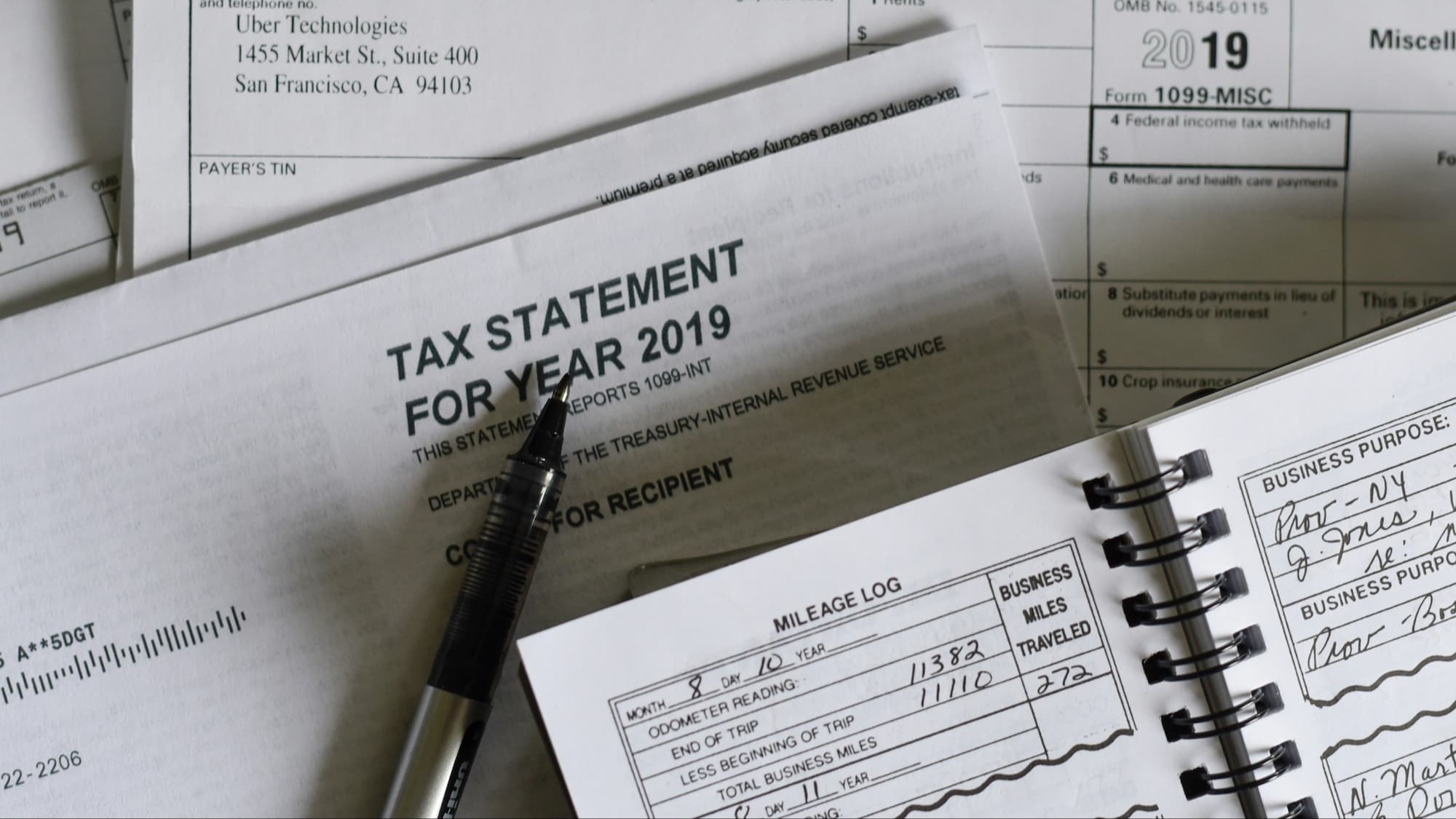 Your Money
Your Money How to Track a Bank Transfer
If you need to track a bank transfer, you can do so as long as you have the necessary information, such as the SPEI tracking key. Here are the details.



Credit card stickers have become a popular trend on social media, featuring eye-catching designs and even premium finishes. However, what seems like a simple aesthetic choice could have consequences.
Do they affect security or just appearance?
Although they may seem harmless, stickers could create problems and compromise the security of financial information.
So, if you're considering personalizing your credit card with stickers, this post is for you.
Besides explaining in detail what they are, we’ll outline the risks and consequences of this practice. In the end, we’ll provide some safer alternatives that won’t affect your card’s functionality or security.
They are stickers or decorative elements used to customize the look of your credit card. Their popularity comes from their visual appeal, as they allow you to personalize your card with any design you want.
Additionally, some companies and brands promote them, even offering versions made from resin or metal. This way, they modify both the appearance and texture of the original card.
It’s important to clarify that these stickers are not the same as a "sticker card," since they are only decorative adhesives.
So, What Is a Sticker Card?
A sticker card is a micro-adhesive card that attaches to your phone and allows you to make purchases or payments by tapping it on a payment terminal. It works as an extension of a credit or debit card.
Without a doubt, these stickers can give your credit card a unique style, but the question is: Are credit card stickers safe?
The reality is that personalizing your card with this trend could pose a risk to your financial security.
Applying stickers is not like transferring money from one card to another, as the process is handled by a third party. This typically means sending your card to a personalization service.
Remember, your card is a direct access point to your bank account, containing sensitive data that requires maximum protection.
By sending it through mail or a courier service, you risk exposing the card number, CVV, and expiration date.
This practice increases the likelihood of fraud, which is why the CONDUSEF does not recommend personalizing credit cards with stickers. The reason is simple: if mishandled, it could lead to unauthorized access to your account.
Stickers for credit cards can have both aesthetic and functional effects.
It’s true that decorating your credit card with stickers enhances its appearance by giving it a unique look. However, you also need to consider what could happen if you do it:
Personalization may seem like a great idea until you try to make an online purchase and realize essential numbers are covered.
Most of the time, the card number, CVV, and expiration date are required for purchases. But if the sticker blocks them and you haven’t saved your details elsewhere, you’ll be forced to remove it, risking damaging the card or leaving sticky residue that makes it harder to use later.
Credit cards are designed for optimal functionality across all types of payment terminals.
By placing a sticker over the chip or magnetic strip, the card reader may not detect it properly.
Even if you try multiple times, chances are you'll need to find another payment method.
Additionally, some thick stickers may generate static or alter the surface of the magnetic strip, shortening its lifespan and forcing you to replace the card sooner than expected.
Stickers for credit cards could also cause issues at ATMs.
Maybe not immediately, but over time, the adhesive may start peeling and leave residue, blocking the card slot.
This could cause the ATM to not eject your card properly or even retain it completely.
Likewise, if the sticker is not applied correctly, it may prevent the chip from being read in payment terminals that require card insertion.
The logos of payment networks like Visa, Mastercard, or American Express indicate which payment systems accept the card.
If your sticker covers these logos, merchants may hesitate to accept your card.
This is especially relevant for international credit cards, as payment policies tend to be stricter.
In case of loss or theft, it could also delay your card replacement while abroad.
Whether credit card stickers are safe depends on how and where they’re applied, as well as who installs them.
From an aesthetic standpoint, they don’t affect the card’s functionality as long as they are placed correctly, avoiding key elements.
From a financial security perspective, the biggest risk arises when using third-party services that require you to send in your card.
This is where the danger lies, even if the process seems secure.
Handling sensitive information always carries vulnerabilities that aren’t immediately obvious.
Personalization is only worth it if done carefully, but it’s not entirely risk-free.
While decorating your credit card with stickers can give it a fun and unique appearance, the risks outweigh the benefits.
A safer alternative is to personalize it yourself.
One option is to order stickers specifically designed for credit cards from platforms like Mercado Libre México.
Another option is to check out sites like TenVinilo, where you can find custom vinyl sticker collections for credit cards.
In any case, you should check the seller's reputation and the opinions of other customers if you choose an external supplier.
Finally, we remind you that through DolarApp, you have the possibility of obtaining an international card to use abroad. This way you can withdraw cash at an ATM or pay with digital dollars.
In addition, our DolarCard allows you to save while traveling without assuming conversion costs or hidden commissions.

The world has borders. Your finances don’t have to.
 Your Money
Your Money If you need to track a bank transfer, you can do so as long as you have the necessary information, such as the SPEI tracking key. Here are the details.

 Your Money
Your Money Remittances represent vital support for many Mexican families. But do remittances pay taxes to the SAT? Here’s what the law says.

 Your Money
Your Money A payment receipt is issued after purchases, transfers, or payments. Learn how to obtain a payment receipt and its uses.


